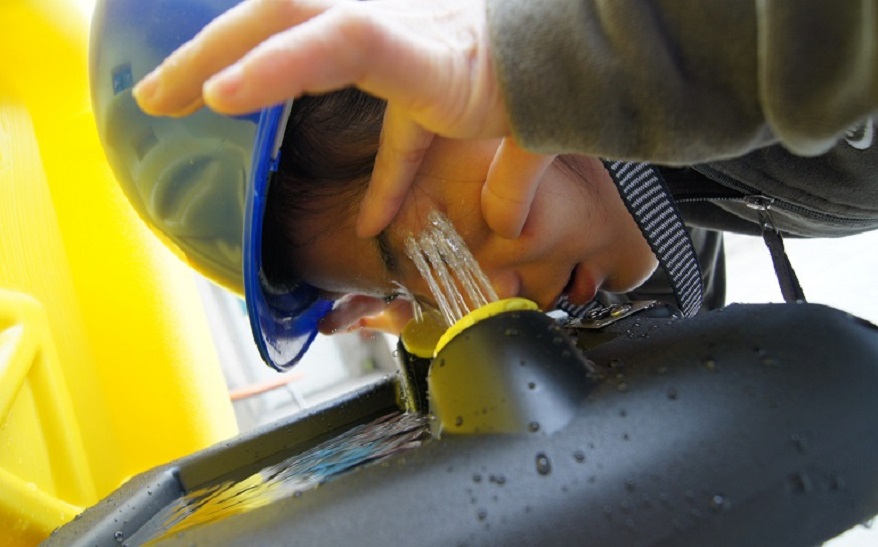Protecting the eyes of the workers in industrial environments through implementing accessible eye wash stations is the least that can be done to make sure that if an injury does occur, it will be addressed as soon as possible and the consequences will be as mild as possible.
There are different options when it comes to safety eye showers and it is mostly recommendable to have more options available as opposed to sticking simply to one. When you consider the various types of safety measures and test their plausibility, hypothetically, you will be able to become a better judge about what kind of investment will be most suitable for the conditions of your company.
There are different options when it comes to safety eye showers and it is mostly recommendable to have more options available as opposed to sticking simply to one. When you consider the various types of safety measures and test their plausibility, hypothetically, you will be able to become a better judge about what kind of investment will be most suitable for the conditions of your company.
Nedless to mention, the safety measures' compliance with the local regulations should also be taken into account and examined thoroughly before the installation of an emergency shower begins. Also, you mustn't cast a shadow upon the cost for the installation and the requirements for the maintenance of the different eye wash stations you'll be relying on. Accessibility of the eyewash showers is your prime goal, since the sooner the injured person can gain access to the helpful water flow, the better for everyone.
Now, let's take a look at the different options you should be looking into, and remember, you needn't rely on exclusively one type of protection.
Self-Contained Eyewash Shower Station
This type of eye shower should only be taken into account for temporary activities, they are not your all-inclusive solution. They are mobile and a great source of instant help for injuries that occur on construction site.
They are divided into two types of stations:
Now, let's take a look at the different options you should be looking into, and remember, you needn't rely on exclusively one type of protection.
Self-Contained Eyewash Shower Station
This type of eye shower should only be taken into account for temporary activities, they are not your all-inclusive solution. They are mobile and a great source of instant help for injuries that occur on construction site.
They are divided into two types of stations:
- Mixed concentrate units
- Cartridge units
- Plumbed Eyewash Stations

